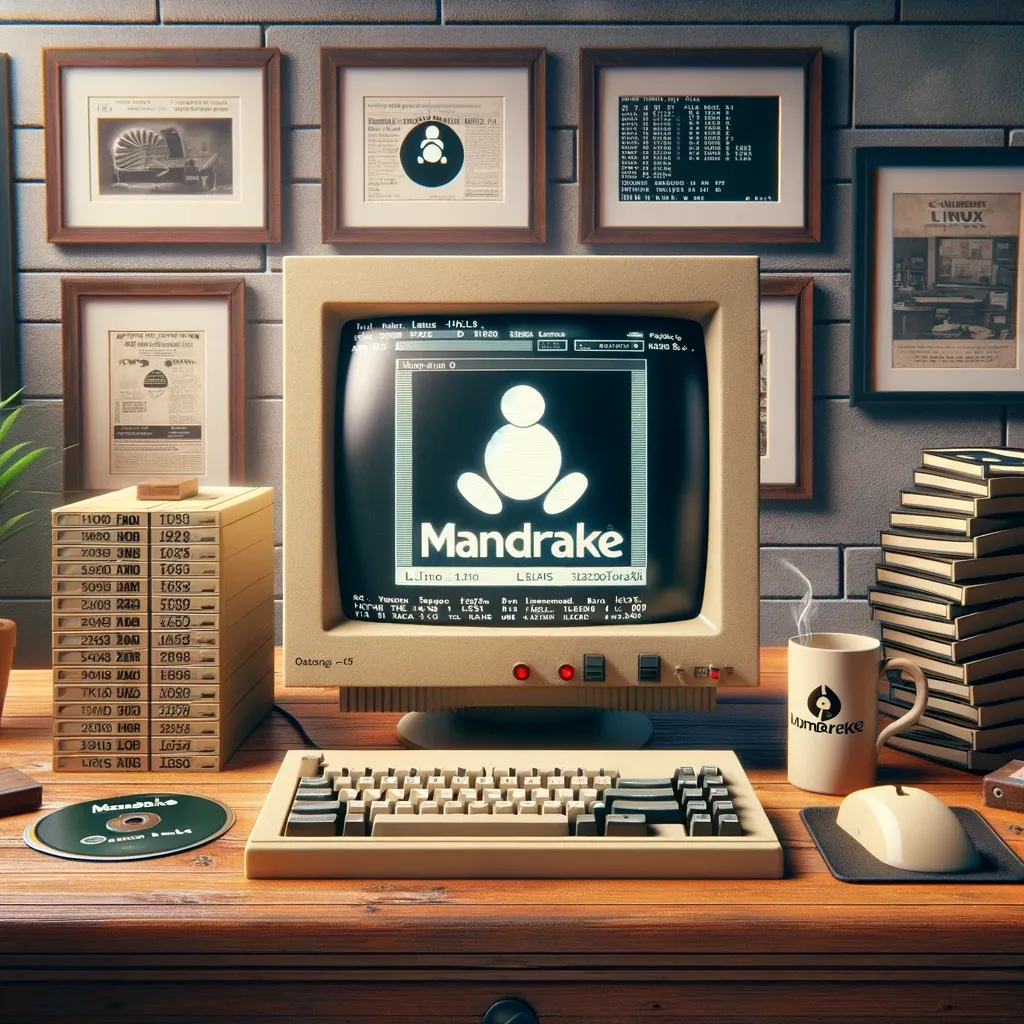A Stroll Down Memory Lane: The History and Legacy of Mandrake Linux

Have you ever wondered about the world of Linux distributions? When you think about Linux, Ubuntu or Fedora might be the first distros that come to mind. But do you know about the hidden gem that is Mandrake Linux? In today's post, we dive into the fascinating history of this unique Linux distro and discuss its significance, why it reached its end, and its successors. Let's begin our journey.
1. A Brief Introduction to Linux Mandrake
In 1998, the world was introduced to a new Linux distribution - Mandrake Linux. Born from the vision of Gael Duval, its primary goal was to provide an easy-to-use Linux experience with an aesthetic graphical environment. Notably, Mandrake was one of the first distros to focus on usability features such as an installer with a graphical user interface and a comprehensive set of pre-installed software.
2. The Dawn of Mandrake Linux
Mandrake Linux first gained attention by combining the stable technology of Red Hat Linux with KDE, an intuitively appealing user interface. The philosophy behind it was to streamline Linux configuration and make the environment more attractive and accessible for newcomers.
This unique combination fostered an encouraging community, leading to its rapid adoption. Mandrake quickly rose in popularity, standing shoulder-to-shoulder with the stalwarts of the Linux world.
3. The Golden Era of Mandrake
Mandrake's golden era was the early 2000s. With an easy-to-use design, brilliant hardware detection, a large collection of software, several editions tailored to specific user needs, and a vibrant community, it became a preferred choice for many Linux beginners.
The distro also introduced innovations such as the DrakX installer and the Urpmi package management system, which further enhanced its user-friendly nature.
4. The Decline of Mandrake Linux
Despite the popularity and promising start, Mandrake started facing complications. Financial struggles led the company to file for bankruptcy in 2003. There were several causes behind Mandrake's decline:
- Business Model: The company relied heavily on boxed sales. But with the rise of broadband internet and easy access to downloadable distros, its business model began to falter.
- Competition: The rise of other user-friendly distros such as Ubuntu and Fedora gradually chipped away at Mandrake's user base.
Despite these challenges, MandrakeLinux attempted to rejuvenate itself by merging with Conectiva in 2005, leading to the creation of the Mandriva Linux.
5. Mandriva Linux and its short-lived success
The combination of Mandrake Linux and Conectiva gave birth to Mandriva Linux. The new distro inherited the best traits from both parents, providing a polished and feature-rich experience for its users. Yet, despite some early success, Mandriva couldn't keep up with the changing Linux landscape and eventually ceased to exist in 2015.
6. The successors: Mageia, OpenMandriva, ROSA
Despite the end of Mandrake and Mandriva, their legacy lives on through several forks:
- Mageia: Formed by a group of former Mandriva developers and community members, it aims to build upon Mandriva's foundation while fostering a positive collaboration between developers and users.
- OpenMandriva: Born out of the ashes of Mandriva, it sticks to its roots and carries on Mandrake's original vision of a user-friendly, fully open source Linux distro.
- ROSA: This Russian distro maintains the tradition of providing a polished, out-of-the-box experience complete with unique enhancements and tools.
Each of these successors proudly carry the flame of Mandrake, showcasing its lasting influence in the Linux world.
7. Conclusion
Mandrake Linux's journey is an interesting chapter in the history of Linux distros. From its peak popularity to its end, and then its legacy carried forward by its successors, Mandrake's tale is a testament to the dynamic and resilient nature of open-source software.
As we conclude, we remember Mandrake not just as a Linux distribution that couldn't survive in the changing digital landscape. Instead, we view it as a pioneer that made Linux accessible to a wider audience and led the way for user-friendly Linux systems - a legacy that its successors proudly continue even today.

Comments ()